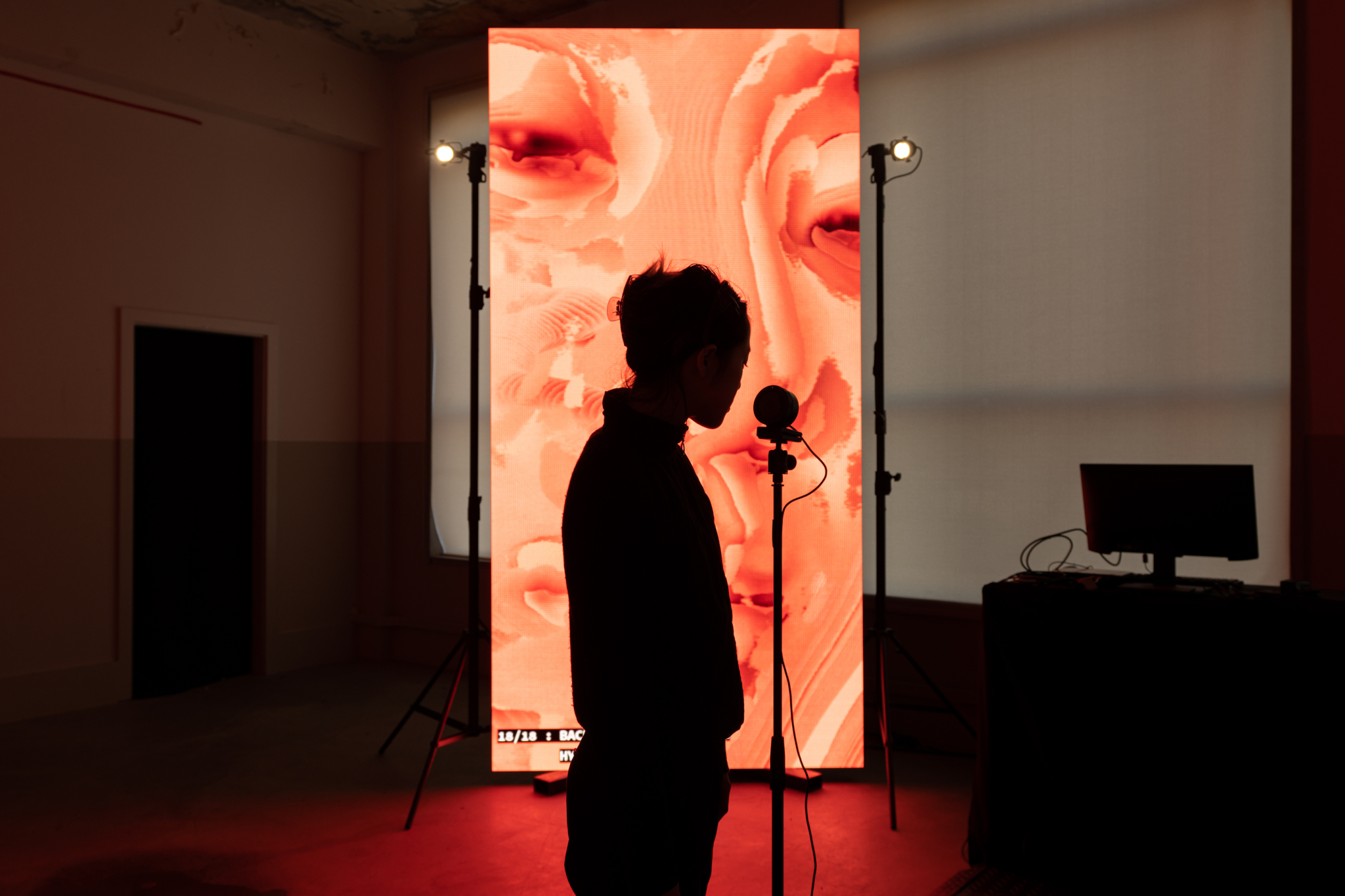At The WXO, we want to connect the dots across the Experience Economy and across the globe – so each week, we’ll be bringing you our round-up of the experiential stories that we think reveal something interesting, relevant or transferrable about the Experience Economy.
Welcome to the latest Experience Radar, where we’re finding out how AI is transforming the creative landscape, foraging for seaweed in California, and witnessing Ryuichi Sakamoto come back to life through the power of MR.
1. AI Is Democratising Design Creativity

AI is developing at such speed it’s hard to keep up, and much ink has been spilled on its career-ending implications in a number of fields, but we’re choosing to give see things differently. We view the democratisation of creativity brought about by generative AI as a good thing, giving creative thinkers a chance to turn their crazy concepts into reality. Wunderman Thompson states that we’ve entered the “direct-from-imagination age”, where anything we can imagine, AI can help us generate, presenting a golden chance for experience designers with big ideas.
Creativity is undergoing profound transformation in 2023, and ideas that once seemed impossible are taking shape with the help of AI, which, in turn, is influencing real-world design by encouraging designers to push beyond the norm and consider new materials, shapes and structures that elevate the retail, brand and customer experience. “As AI continues to evolve, it may generate ideas that surpass our current understanding. If that happens, it could fundamentally reshape the creative landscape and lead to entirely new forms of art and design,” Benjamin Benichou, CEO of Drop, told Wunderman Thompson.
(We’ll be bringing you a future report on our recent Campfire by Assistant Professor of Positive AI Derek Lomas, whose thoughts on “prompt vibing” explain how AI can be good for creativity.”
2. Legal Psychedelic Trips Take Off In Oregon
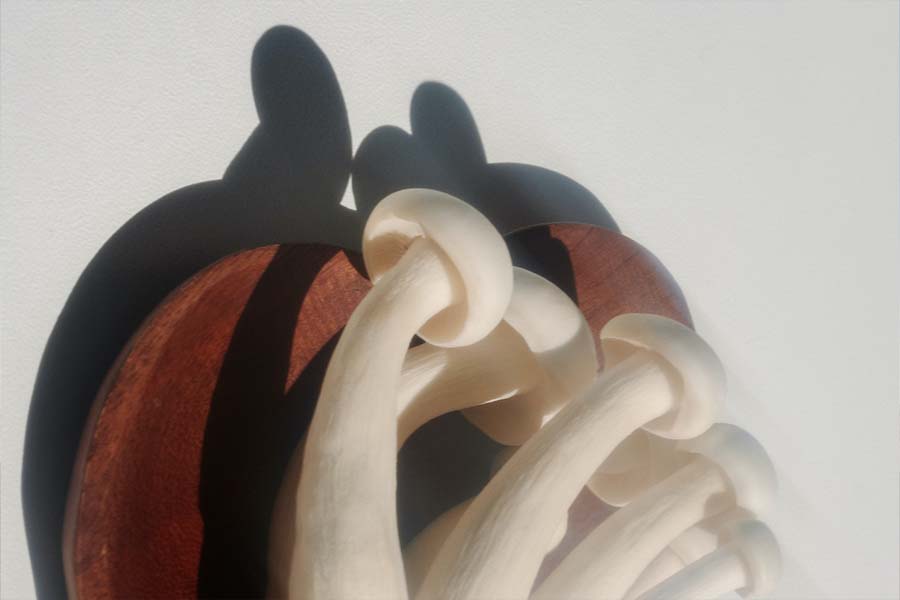
The positive effects of psilocybin in treating everything from PTSD and OCD to depression have been well documented, and now those keen to experiment with the drug can do so legally at a licensed facility in Oregon; the first US state to legalise magic mushrooms for adults. As reported by Vice, the Eugene Psychedelic Integrative Center is the first psilocybin service centre to be licensed in the US, where a six-hour ‘high dose’ session costs $3,500 and includes a prep session before and integration session after taking the drug. An hour-long ‘microdose’ is available for $500, while a medium dose costs $1,800.
The facility is accepting clients onto its waiting list and plans to start offering the psychedelic therapy sessions soon, which won’t be covered by health insurance. “We want to not only make this a sustainable practice, because it was expensive to do, but we also want to have fun serving people,” Cathy Jonas, owner of the centre, said. In Oregon, over 21s can access psilocybin without a referral from a healthcare provider, but they have to consume it with a licensed facilitator. There are currently over 20 state-approved programmes that are offering training for people who want to be psilocybin facilitators.
(Want to learn more about the role of psychedelics in experience design? Dr David Luke, Associate Professor of Psychology at The University of Greenwich, will be talking about the topic at this year’s World Experience Summit.)
3. Pushing The Boundaries Of Light And Space
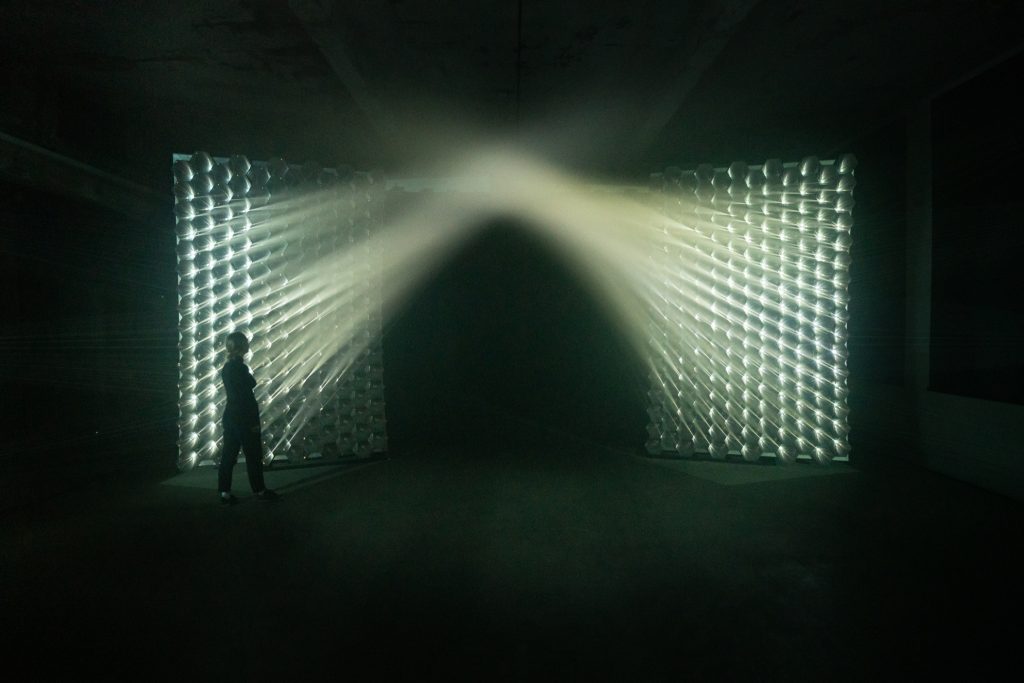
The Royal Docks in East London is currently home to a cutting-edge new immersive art experience at The Beams; a cavernous, 55,000-square-foot warehouse space formed of several interconnected environments. Called Thin Air, the exhibition showcases work from seven contemporary artists and collectives from around the globe, fusing art and tech to great effect. Making use of light, atmospherics, sound and new media, the show drops attendees directly into the artworks, which run the gamut from high tempo and intense to quietly Zen, and respond to viewers’ movements around the venue.
Fitting seamlessly into the vast exhibition space, according to Secret London, each of the works on display is “monumental in both scope and effect”, with a number having been adapted from earlier pieces specifically to work within the space. Designed to simultaneously stimulate the senses, to promote the sensation of synaesthesia (where you experience one of your senses through another), the art on display from the likes of Seoul-based duo Kimchi and Chips, and Dutch artist Rosa Menkman, features optical illusions, ethereal music and light displays that aim to send the viewer into a trance-like state.
4. New York Gets Its First Luxury Bud Store
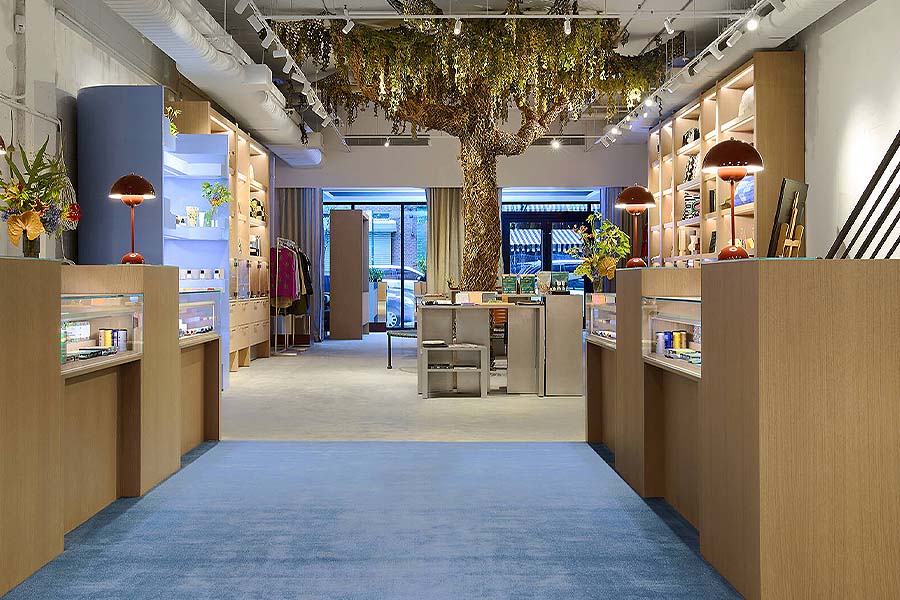
Move over bartenders, it’s all about ‘bud tenders’ in the Big Apple now, as news reaches us that the first luxury cannabis dispensary – called Gotham – has opened in New York. According to Robb Report, the two-story retail and gallery space features products from a host of NY-based brands and Gotham’s own line of offerings. Located in the city’s Bowery neighbourhood, the store, which sells everything from cannabis edibles and vaporisers to pre-rolls and tinctures, alongside Edie Parker clutch bags, accessories from House of Puff and Gotham-branded apparel, is the brainchild of entrepreneur Joanne Wilson.
Decked out like a chic boutique and aimed at female professionals, the airy, 2,800-square-foot space was designed by Cinema Vitae and features wood panelled display units, where coffee table tomes jostle for space alongside cannabis pens, and a tree rises up through the centre of the store. Upstairs on the mezzanine is a gallery featuring works by local artists. “We wanted to create a space that was a first of its kind, uniquely downtown and differentiated,” Gotham’s chief creative officer, Billy Richards, said. New York legalised cannabis last year, allowing locals to possess up to three ounces for recreational use.
5. Foraging Tourism Trend Mushrooms
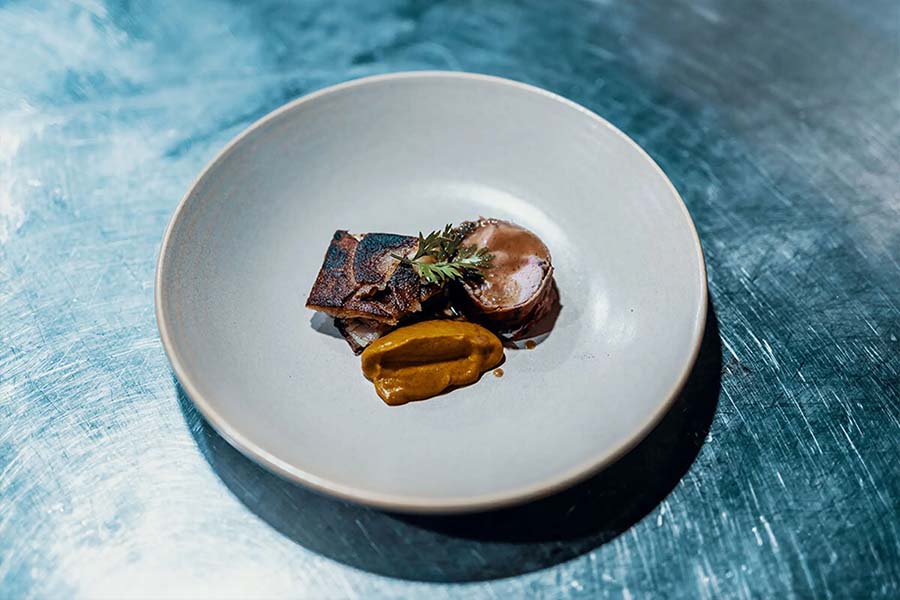
We recently reported on the rise of ‘tundra-to-table’ dining. Now foodies are factoring foraging escapades into their downtime. As reported by Wunderman Thompson, intrepid travellers are venturing into foreign woods and diving into unknown seas to experience what life is like as a local forager. Visits to the Pacific Northwest in the US are being planned to coincide with mushroom season, while luxury travel agency Black Tomato specialises in excursions like private truffle hunting trips in Italy and the chance to catch, clean and cook your own cod in the Lofoten Islands.
Even Airbnb is at it, offering foraging experiences such as seaweed scavenger hunts in California, which end in steaming bowls of ramen, while top chef Hank Shaw hosts culinary hunts in Oklahoma through Hunter, Angler, Gardener, Cook, which teach people how to hunt for and prepare their own game. A similar venture, Hunter Gather Cook, run by Nick Weston in Sussex, is proving popular in the UK, with attendees learning how to hunt for and butcher their own meat before feasting on fallow deer tartare and grilled rabbit haunch. It’s not enough to go on holiday now; people want to return with newfound skills.
6. AI Tech Will Transform Immersive Experiences
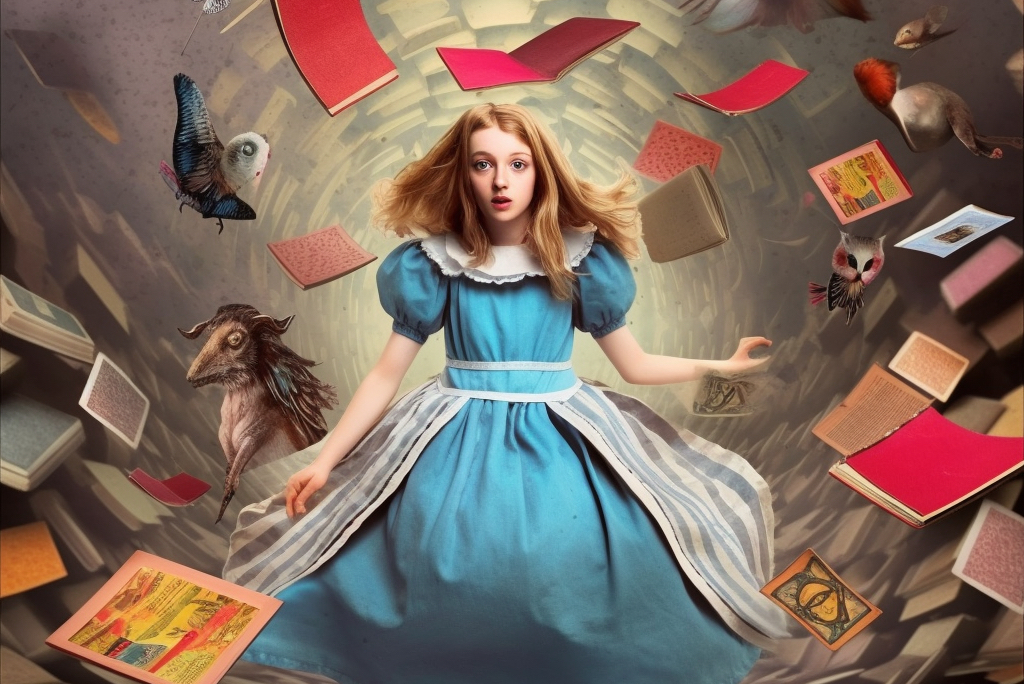
In other AI-related news, Mad Systems Inc., the award-winning interactive system designer, has launched Alice, a patent-pending AI technology that has the ability to transform immersive experiences. As reported by BlooLoop, Alice utilises AI to create personalised and varied content for exhibitions and shows. Able to be harnessed by museums, galleries and theatres, Alice shapes a visitor’s experience based on their knowledge level, language and interests, meaning no two experiences are alike an each are hyper bespoke, with the level of immersion into the experience tweaked for each guest.
On registering for an experience, visitors are asked to select their interests and preferences and use ID options such as QR codes and facial recognition software. Alice then generates a curated experience taking in everything from the lighting to special effects. She can even generate tours led by synthesised avatars including Julius Caesar, and is designed to accommodate visitors with vision or hearing issues. “We invite you to step into this new world where AI doesn’t just provide information, it creates personalised experiences. With Alice, every visit is catered to you,” Mad Systems said.
7. Sakamoto Resurrected Through MR Tech
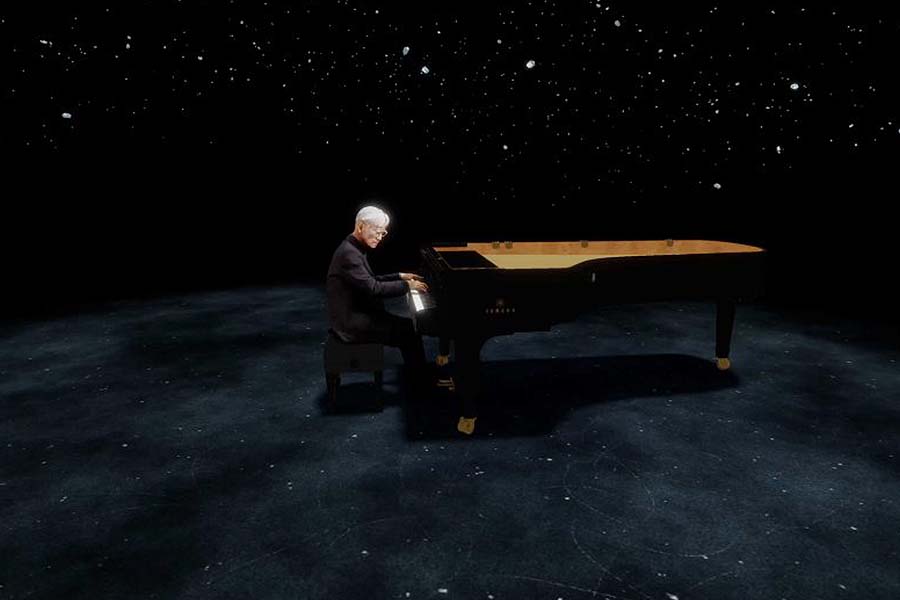
The classical music world collectively mourned on 28 March when legendary Japanese composer, Ryuichi Sakamoto, died from cancer aged 71. Now fans are being given the chance to experience his magic once again through the power of mixed reality tech. New York arts centre The Shed is hosting a series of envelope-pushing mixed reality concerts created by Sakamoto in collaboration with Tin Drum. Called Kagami, meaning ‘mirror’ in Japanese, the performance fuses dimensional moving photography with the real world to create a “never-before-experienced” mixed reality presentation, according to The Shed.
The experience will see audience members don optically transparent devices in order to view a virtual version of Sakamoto performing on the piano alongside dimensional art aligned with the music and a scent specially created for the concert, which features 10 original Sakamoto compositions including well-known works like Energy Flow and Merry Christmas Mr. Lawrence, alongside rarely played pieces, such as The Seed and the Sower. Presented in surround sound, the experience will be both collective and individual, inviting fans to connect to the work, and each other, throughout the hour-long performance.

